Hydration has been all the rage the past couple of years, with numerous electrolyte supplements taking the world by storm -- going beyond the sports nutrition industry and making it into grocery stores as well. It's clear that we, as a society, have a significant mineral deficiency problem, to say the least.
But one thing had been missing from the electrolyte/hydration niche: Rich Piana.
In the view of legendary bodybuilder and modern renaissance man Rich Piana, it's worth doing whatever it takes to become the top 5% of your field, using ambition, talent, and grit to accomplish personal goals and become the best version of yourself.
It was for the sake of this elite 5% that he founded 5% Nutrition, a supplement company whose mission is to create products that can help support these go-getters in their pursuit of excellence.
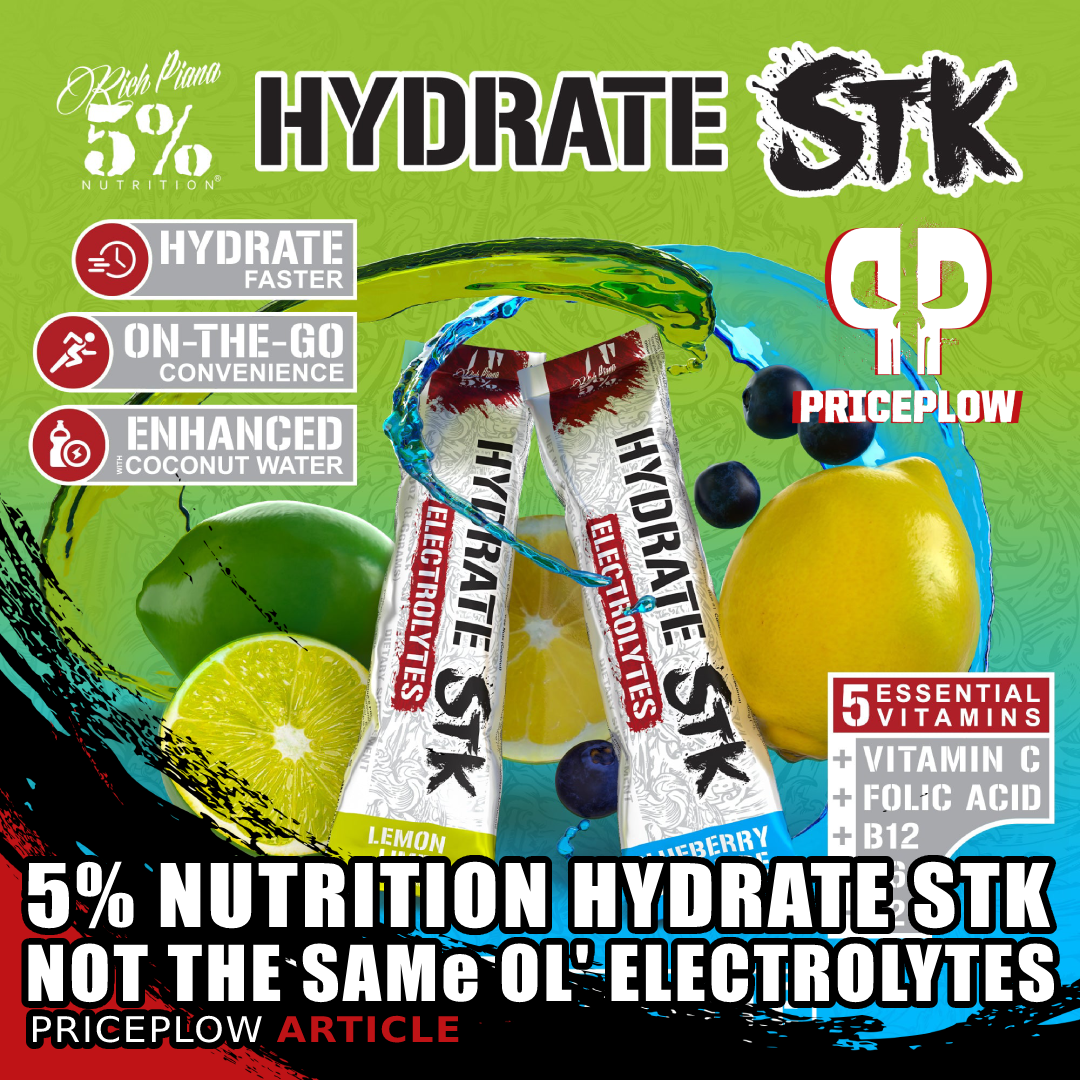
5% Nutrition Hydrate STK is a well-formulated electrolyte-laden stick pack with plenty of potassium and a mood-booster known as SAMe that we don't see often enough!
5% Nutrition Hydrate STK - The "Rich Piana" of Electrolyte Supplements
There's hardly anything more important for mental or physical performance than hydration, which is why we're excited to talk about 5% Nutrition's Hydrate STK today. This is an incredibly well-dosed electrolyte formula that brings a bit more to the table than what you'll find in the local grocery store -- for the true 5-Percenters out there.
And if you didn't guess already, it comes in stick pack form, hence the STK portion of the name.
SAM-e in a hydration supplement!
One unique inclusion that we really like is an ingredient known as SAM-e - a feel-good natural compound that supports the synthesis of neurotransmitters like serotonin and dopamine that's often used to support mental health and wellbeing. We love this ingredient, but don't cover it frequently enough in the sports nutrition world, so get ready to go down the SAM-e rabbit hole today.
Let's take a look at how this awesome formula will help you push yourself harder and farther. But first, the PricePlow news and deals:
Rich Piana 5% Nutrition Hydrate STK Electrolytes – Deals and Price Drop Alerts
Get Price Alerts
No spam, no scams.
Disclosure: PricePlow relies on pricing from stores with which we have a business relationship. We work hard to keep pricing current, but you may find a better offer.
Posts are sponsored in part by the retailers and/or brands listed on this page.
5% Nutrition Hydrate STK Ingredients
In a single stick pack of Hydrate STK from 5% Nutrition, you get the following:
-
Calcium (7% DV), Magnesium (24% DV), Sodium (9% DV), Potassium (11% DV)
Calcium, magnesium, sodium, and potassium are electrolyte minerals — conductive metals that help your body transmit electrical signals between cells.
We tend to lose a lot of electrolytes in sweat, and when they aren't replaced, it can result in distress like mildly debilitating muscle cramps[1,2] or even serious medical emergencies like cardiac arrest.[3]
The problem with the "just drink water" hydration strategy is that drinking water bereft of electrolytes can actually make the problem worse because the subsequent low osmotic pressure it washes even more electrolytes out of your body.[4]
The bottom line is we need adequate electrolytes for peak mental and physical performance.
So having a little extra electrolyte support in any hydration formula is a great idea.
Remember: the body is a bio-electrical machine
We spill lots of ink about the importance of electrolyte replenishment in the supplement industry, but rarely do consumers hear a detailed scientific explanation of why it's important. So let's take a look:
Electrolytes are essential for basic life functioning, such as maintaining electrical neutrality in cells, generating and conducting action potentials in the nerves and muscles.[5]
We would do well to remember that the human body is a bio-electrical machine. In order for it to function properly, you need to give it the conductive materials it needs to transmit electrical impulses.
When electrolyte levels drop too low, performance — and even health — can suffer. Hypothetically, if your electrolytes dropped to zero, your heart would stop beating. Although difficult, it is possible to reach that point through exercising too much without adequate hydration.[5]
Even if your dehydration stops short of that point, low levels of electrolytes can still cause problems, like cardiac arrhythmia.[6]
That's why serious athletes pay so much attention to keeping their electrolyte stores topped off.
You likely know a good bit about what each of the included minerals can do for you, so we'll keep it brief, but here's a bit more information about the mineral sources:
-
On magnesium
Coming from highly-bioavailable magnesium bisglycinate chelate[7] and magnesium citrate, we have a large dose of total mineral magnesium to support countless biochemical reactions to support energy production, blood sugar control, arterial health, and far more in the body.[8] Without it, we're left fatigued, anxious, fatigue, more insulin resistant, and with worsened cardiovascular function.[9,10]
Magnesium's important to supplement because our food supply has sadly been ravaged of the critical mineral.[9,11-15]
-
On calcium
The calcium in Hydrate STK comes from calcium carbonate, calcium citrate, and DimaCal dicalcium malate. The carbonate adds a bit of fizz to your drink, and a study showed that DimaCal, which is a solid 29% calcium by weight, has a longer half-life than three other forms of calcium studied.[16]
-
On sodium
Hydration and electrolytes help maintain pumps, and 5% Nutrition's Full as F*CK stimulant-free pump supplement got a Legendary Upgrade, now with 5 grams of L-Citrulline and more!
We're assuming that nearly all 5-Percenters and hard-training athletes reading this haven't bought into the fraudulent arguments[17] that "sodium is bad for you". But regardless, we highly suggest reading the 2007 paper titled "The Importance of Salt in the Athlete's Diet".[18]
Hydrate STK's sodium comes from sodium chloride (table salt) as well as sodium citrate.
-
On potassium
Potassium is known as a "shortfall nutrient" because we simply don't ingest enough in comparison to sodium,[19] and low potassium-to-sodium ratios are a far greater concern than sodium itself.[20-24] Too many focus on lowering sodium (which is basically impossible to do[25,26]) when they should really be increasing potassium.
Hydrate STK gets its potassium from potassium citrate, potassium chloride, and coconut water powder.
Potassium and vasodilation
Perhaps more important to our 5-Percenters out there who are getting pumped to the gills in the gym with supplements like Kill It and Full as F***, is the science showing how potassium is critically important for vasodilation.[27-29] Vasodilation is of course the widening of blood vessels from the relaxation of vascular muscles that allow the vessels to become larger and increase blood flow.
A flow chart of how the modern western diet negatively affects sodium/potassium interaction, leading to poor health consequences.[26]
Research shows that the potassium-sodium interaction is very important for vasodilation's signaling and physical mechanism,[28,29] and ignoring potassium will be limiting your vascular potential.
This brings us to the final thing to note:
Superb electrolyte ratios!
Looking at the doses, you'll notice that there's far more potassium than sodium -- both in terms of dosage (500 milligrams versus 200 milligrams) and daily recommended value (11% DV versus 9% DV). This is great to see - as discussed above, potassium is the shortfall, and salt is easy to find.
Well done formulating by 5% Nutrition. But now let's get into the other differentiators to support these electrolytes!
-
-
L-Taurine – 1,500 mg
Taurine is one of our favorite all-around ingredients – it has so many different benefits that we're happy to see it in pretty much any kind of supplement formula.
One thing we love here is the dose. The taurine dose you almost always see in a wide variety of supplements is 1,000 milligrams, despite the fact that multiple studies have shown taurine's benefits are dose-dependent.[30-32] Needless to say, we're glad to see the extra 500 milligrams in 5% Nutrition's Hydrate STK.
Taurine's effects on hydration and performance
Taurine is a powerful osmolyte, which means it's capable of increasing cellular hydration by increasing osmotic pressure around your cells[33] and naturally forces a higher than ordinary amount of water into those cells.
With additional water comes a greater supply of nutrients, and more efficient cellular metabolism. Cellular hyperhydration also makes your cells less vulnerable to the damaging effects of heat stress, which can be a concern during intense workouts.
This taurine-enabled hydration makes your cells able to work harder for longer, an effect that manifests as increased athletic endurance.[34] Taurine works immediately – according to one 2018 meta-analysis, a 1-gram dose (again, less than what's used in 5% Nutrition Hydrate STK) taken immediately before exercise is sufficient to create this effect.[34]
As a powerful antioxidant, taurine can also help protect your tissues (i.e., muscle) against exercise-induced catabolic damage.[35,36] It also helps support calcium signaling in muscle cells, which is important for healthy movement.[37]
Taurine's effects on brain function
In your brain, taurine mimics gamma-aminobutyric acid (GABA), an inhibitory neurotransmitter that helps calm neurons by opposing the action of excitatory neurotransmitters like glutamate.[38] This inhibitory action of the GABAergic system has an anti-inflammatory effect in neurons,[39] which can help support mood, focus, and cognitive performance.
Taurine has also been shown to increase the production of new mitochondria in neurons.[38]
The broad neuroprotective effects of taurine can help upregulate dopamine activity,[40] which is crucial for the focus and motivation you need to get through tough mental and physical work.
Taurine's conditionally essential status: what it means for you
As a conditionally essential amino acid, your body produces taurine in limited amounts. When you're subjected to increasing amounts of stress, your requirements for conditionally essential aminos go up, but your ability to produce them does not. This means that in times of mental or physical stress, you might need to supplement with these aminos to meet your higher metabolic requirements.[41]
Anyone who works out hard on a regular basis potentially falls into this category.
-
Coconut Water Concentrate (Cocos nucifera) -- 1,250 mg
Coconut water is naturally rich in electrolyte minerals, specifically potassium, which is always good for hydration formulas because you're liable to lose a lot of electrolytes in sweat during intense workouts.
Fortunately, it's an easy issue to address. Products that include coconut water, like Hydrate STK, can help replace the electrolytes you lose during workouts.[42] There's even research showing that coconut water is just as good as purpose-built commercial hydration drinks when it comes to restoring proper fluid and electrolyte balance.[43]
As mentioned above, potassium is tougher to come by than sodium, so coconut water is often a tasty way of adding some more in.
-
Tart Cherry Extract 10:1 (Prunus cerasus)(fruit) – 250 mg
Tart cherry is packed with powerful antioxidant and anti-inflammatory compounds.[44]
These phytochemicals can help mitigate the stress that exercise has on your muscles and metabolism. According to one 2016 study, tart cherry supplementation can reduce signs of muscle damage, protect against oxidative stress, and even improve athletic performance.[45]
The lion's share of these benefits can be attributed to the anthocyanins that occur naturally in tart cherries.
Why we love anthocyanins
Anthocyanins are flavonoid polyphenols with powerful antioxidant effects. They're natural pigments that imbue certain fruits, vegetables and other plants with red, blue, and purple hues.[46] Some examples are blueberries, grapes, cherries, and currants – all of which nutritionists consider to be superfoods.
The function of plant-based anthocyanins is to protect those plants against metabolic stress.[46] But they're also great for human health as well. As antioxidants, anthocyanins help protect your DNA and cells from oxidative damage caused by reactive oxygen species (ROS) and free radicals.[47]
On top of that, they're powerfully anti-inflammatory and actually downregulate the very genes responsible for instructing your body to produce inflammatory cytokines.[47] According to one study, they're even better at doing this than common over-the-counter pain medications.[48]
Anthocyanins have also been shown to potentially benefit athletic performance,[49] principally by their cardioprotective and vasodilatory effects. Anthocyanin consumption has been shown to upregulate nitric oxide (NO) production.[49]
-
S-Adenosyl-L-Methionine Tosylate Disulfate (SAM-e) – 100 mg
s-adenosyl methionine (SAMe) is a naturally occurring nootropic that enhances brain function, combats depression, and even supports liver health.
We love having the opportunity to write about unique ingredient inclusions, so we're happy to see SAM-e show up in Hydrate STK from 5% Nutrition. Working mostly in the sports nutrition corner of the world, this is one that we don't get to write about enough on PricePlow, but we should because of its incredible effects.
So what is SAM-e? It's a methionine metabolite that's created with three main parts: a sulfur-containing amino acid called methionine, an adenosyl group, and a phosphate group. In the body, it's synthesized from methionine and ATP, the latter of which is the main source of energy in cells. Let's see what it can do for us:
SAM-e boosts glutathione (GSH) levels
Most readers are probably acquainted with glutathione (GSH), the body's powerful antioxidant that fights oxidative stress and reduces systemic inflammation.[50]
Glutathione is also involved in a lot of important metabolic processes, including:[50]
- Protecting against chemically-induced oxidative stress
- Increasing the production of other endogenous antioxidants
- Detoxifying the brain and body of mercury
- Regulating cellular proliferation and programmed cell death
It also plays an important role in maintaining optimal mitochondrial function and mitochondrial DNA health.[50]
Effective glutathione supplementation has been regarded as something of a holy grail in supplement science, but attempts to bring GSH to market have been hampered by the generally poor bioavailability of oral glutathione supplements.[52]
In cases where oral supplementation is difficult, formulators are known to supplement with precursors to the target molecule, which usually turn out to be significantly more bioavailable than the target itself. An example of this strategy that's probably familiar to most readers is the way citrulline replaced arginine as a nitric oxide booster.
As it turns out, we can do something similar with glutathione. That's where SAM-e comes in.
Research shows that SAM-e can significantly increase your body's glutathione production[53] and function.[54]
Effects of SAM on the expression of BDNF exon mRNAs and protein in the hippocampus of rats undergoing chronic cerebrovascular hypoperfusion.[55]
Supplementation with SAM-e has been shown to particularly benefit oxidative stress in the brain[56,57] and liver,[53] two of the most important organs in your body. This is important because there are numerous related consequences of glutathione depletion, but they also go beyond brain and liver health.[58-61]
Why it matters for a hydration formula
So the big picture regarding glutathione is that if we don't have enough of it, we can get very sick – eventually. The diseases in the studies cited above usually take a long time to develop. So why does it matter for a product like 5% Nutrition's Hydrate STK? How is upregulating GSH through SAM-e supplementation going to help you today?
SAM-e may improve mood
When people reach for a hydration formula, it's usually because they feel low in some way. The events that lead to dehydration, like exposure to extreme heat or the completion of an intense workout, are stressful and sometimes a bit too much to handle, which is why we see ingredients like taurine, tart cherry extract, and electrolytes used often in hydration formulas.
The SAMe Supplement (S-Adenosyl Methionine) is a naturally occurring nootropic that enhances brain function, combats depression, and even supports liver health.
A big component of felt energy is mood. A bad mood, as most of us can attest, is a big obstacle to productivity and efficiency.
Although the jury is still out, there's a large and growing body of evidence that SAM-e can significantly improve mood.[62,70] According to a 2020 meta-analysis, SAM-e doesn't just beat placebos when it comes to fighting depression, it may even be as good as some prescription antidepressant medication![62]
This is probably linked to SAM-e's ability to upregulate GSH, as low levels of the compound have been linked to major depressive disorder (MDD) and other psychiatric illnesses.[63,64] However, we can't deny that there could be other mechanisms at play, such as supporting those with low-methionine diets and/or those who need methylation support, the latter of which discussed later.
SAM-e fights inflammation
SAM-e's antidepressant effect can probably be ascribed, at least in part, to its ability to fight inflammation by upregulating GSH. The reason this matters is that inflammation is associated with depression[65] and fatigue. Patients with chronic fatigue have been shown to improve significantly when given medications that downregulate production of inflammatory cytokines.[66]
There's a close relationship between inflammation and GSH depletion, too.[67]
So if you want to look, feel, and perform your best, making sure you keep inflammation down and GSH levels high is a good strategy.
SAM-e as a methyl donor
SAM-e is a potent methyl donor.[68] In particular, it can help drive methylation of the catecholamine neurotransmitters,[69] a category that includes dopamine and adrenaline. Many researchers believe that mood disorders are driven by insufficient amounts of these catecholamines and their precursors.
S-Adenosyl-L-methionine (SAMe) and synthesis of neurotransmitters.[70] Don't let a lack of SAMe slow your production down!
The "catecholamine hypothesis" for mood disorders is controversial, but what's clear is that dopamine drives exploratory behavior and energy expenditure;[71] higher dopamine levels are associated with focused, motivated behavior, which is what most of us are looking to support with hydration formulas.
In both animal and human studies, SAM-e supplementation has been associated with dopaminergic activity in the brain.[72,73]
Conclusion: SAM-e can improve perceived energy levels
Everything we've been discussing – inflammation, oxidative stress, impaired methylation, and dopamine downregulation – can definitely have an impact on the amount of energy you feel you have throughout the day.
In fact, according to one prominent theory, MDD, a disease characterized by increased inflammation and oxidative stress, may have originated as a mechanism to prevent organisms from being too active under risky social or environmental circumstances.[74]
So if we want to live active, outgoing, exploratory and inquisitive lives, we want to keep this constellation of symptoms under tight control.
-
Vitamin C – 90 mg (100% DV)
LEGENDARY Status: 5% Nutrition's All Day You May is moving to the white tub, but the formula is mostly unchanged. See how Rich Piana shattered the industry with this supplement, especially with that Southern Sweet Tea flavor!
Vitamin C is perhaps the most famous antioxidant,[75] and as such will bring many of the benefits we've discussed in previous sections. It's also crucial for optimal immune and adrenal function, both of which can be impacted by the type of stress that causes dehydration.[76]
-
B Vitamins (B2, B6, Folate, B12, Biotin, Pantothenic Acid)
We could write a lot about the individual B vitamins, but the big picture is that, like SAM-e, they're great methyl donors that help promote mitochondrial energy, which is why we often see them included in hydration formulas.
Interestingly, although B vitamins are water soluble, we lose minimal amounts of B vitamins through sweat. Nonetheless, certain B vitamins (including the ones used in 5% Nutrition's Hydrate STK) have been identified as potentially beneficial for people exposed to heat stress.
For those of you who are interested in learning more about these vitamins, we recommend reading "The Effect of Exercise and Heat on Vitamin Requirements".[76]
Flavors Available
Conclusion: A Solid Hydration Stick That's Not the SAMe
When it comes to industry norms, 5% Nutrition's decision to put SAM-e in a hydration formula is a welcome addition that comes out of left field. But upon close inspection, it makes tons of sense and we love the idea. This is a fantastic differentiator when comparing the several hydration supplements that have come out the past few years.
In a nutshell, people want good hydration not just for health, but also to support their energy levels. But "energy" is a hugely expansive concept – many different kinds of stressors can negatively affect energy levels.
The beauty of an ingredient like SAM-e, which acts on about as fundamental a mechanism as you can get (glutathione, a critical antioxidant),is that it addresses basically all of those stressors simultaneously. Every brand should find a place to put SAM-e somewhere in their wellness stack, and Hydrate STK is a great place for 5% to use it in theirs.
Taurine has also been making regular appearances on the hydration circuit for a while now, and for similar reasons, but SAM-e is a new iteration of that trend.
When it comes to formulating hydration products, we're very curious to see if this ingredient catches on with the rest of the industry. Rich Piana always was a trend-setter, after all.
Rich Piana 5% Nutrition Hydrate STK Electrolytes – Deals and Price Drop Alerts
Get Price Alerts
No spam, no scams.
Disclosure: PricePlow relies on pricing from stores with which we have a business relationship. We work hard to keep pricing current, but you may find a better offer.
Posts are sponsored in part by the retailers and/or brands listed on this page.

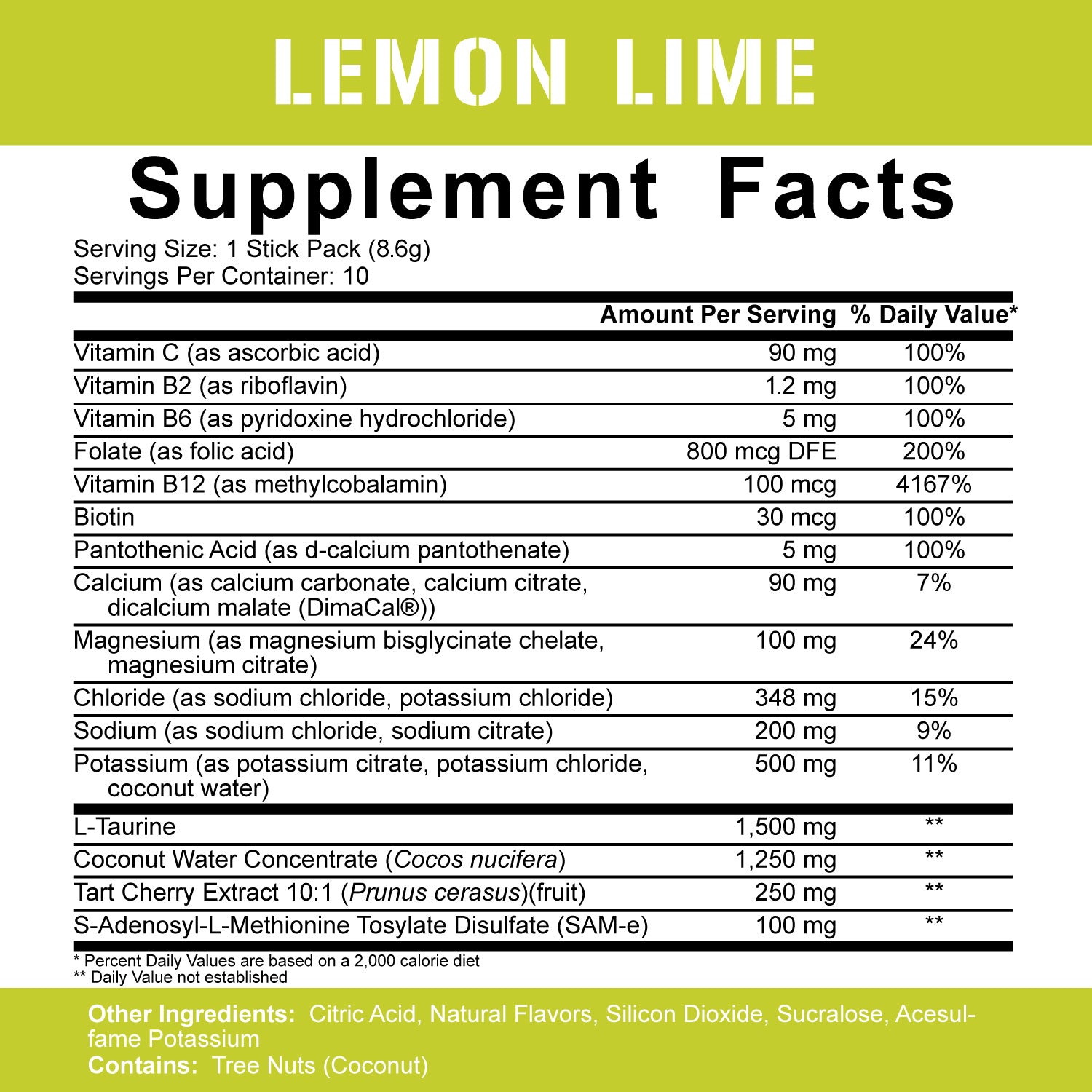

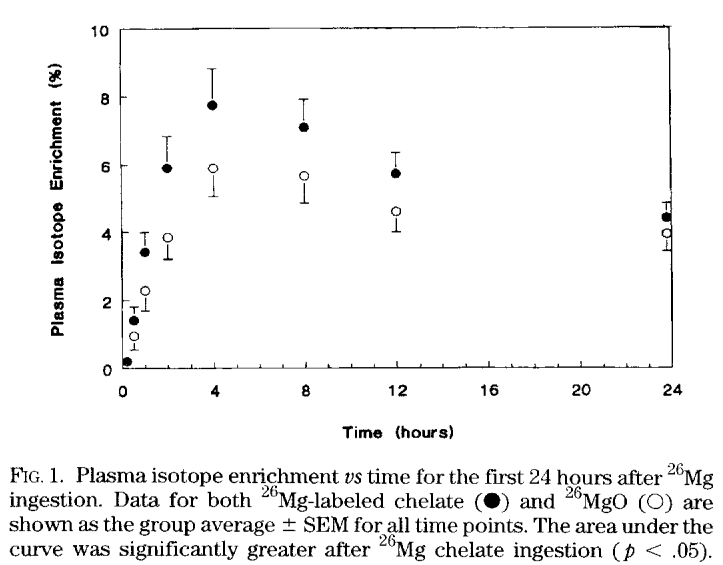
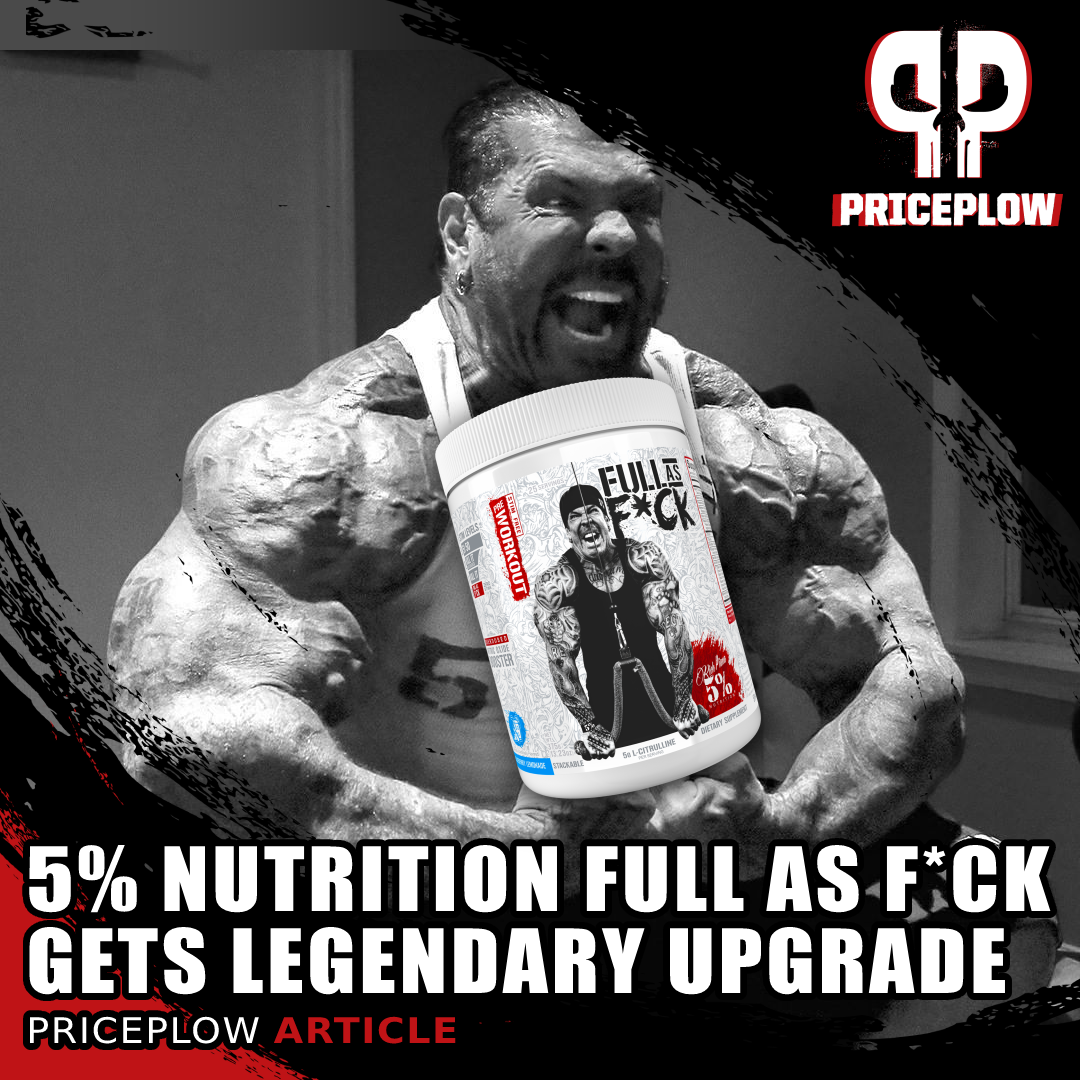
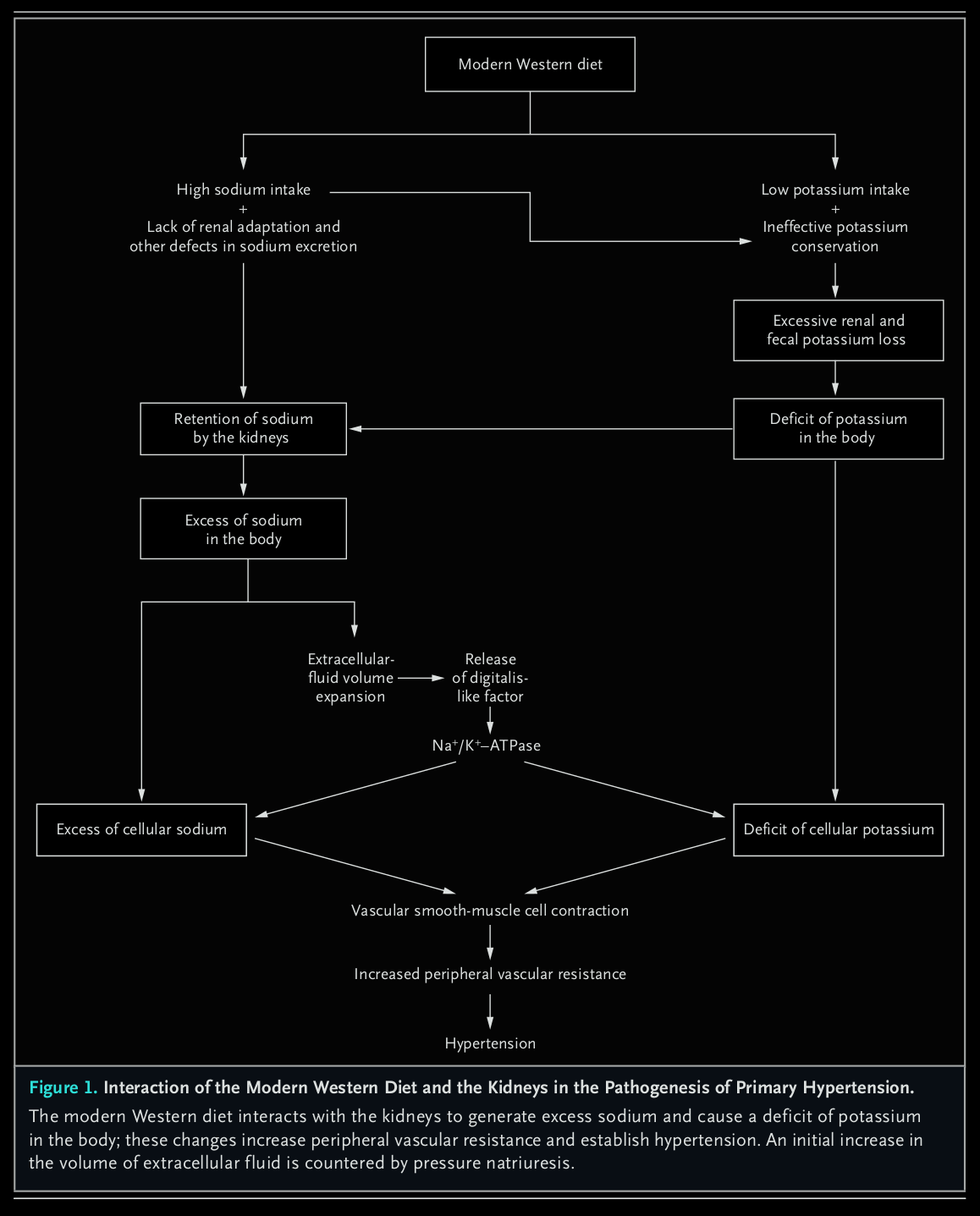
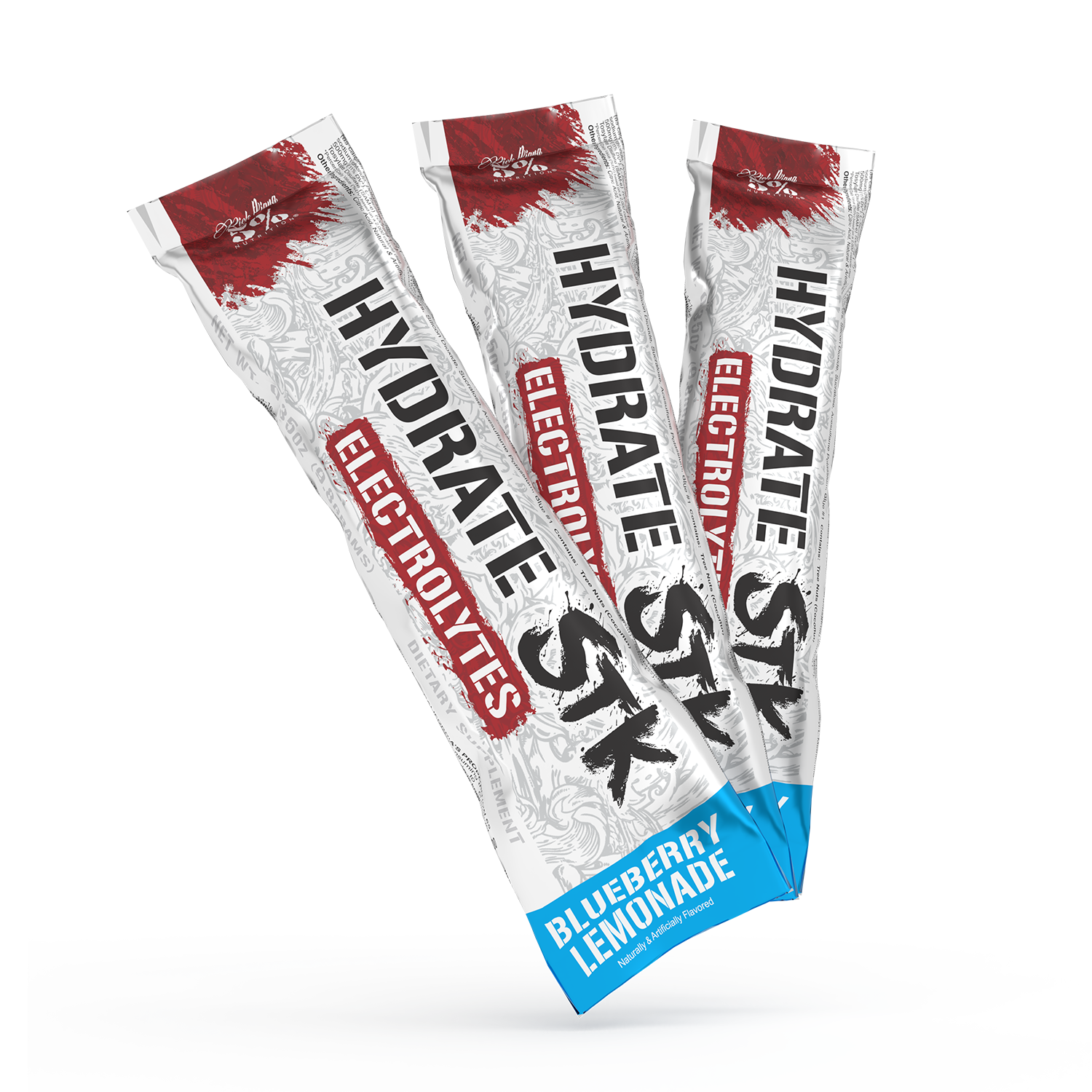




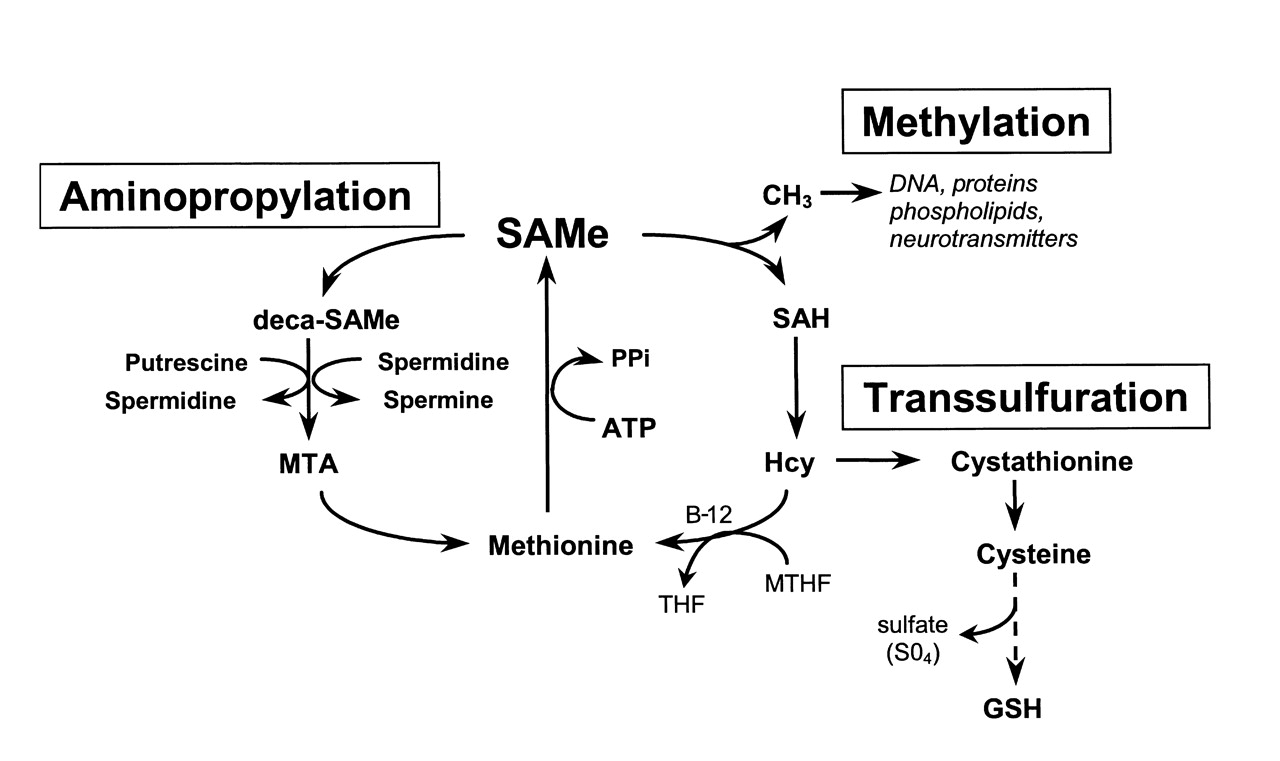

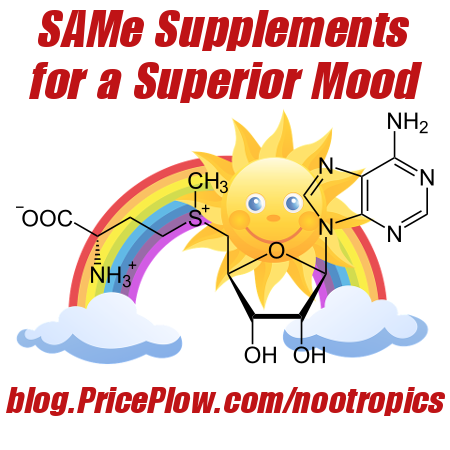
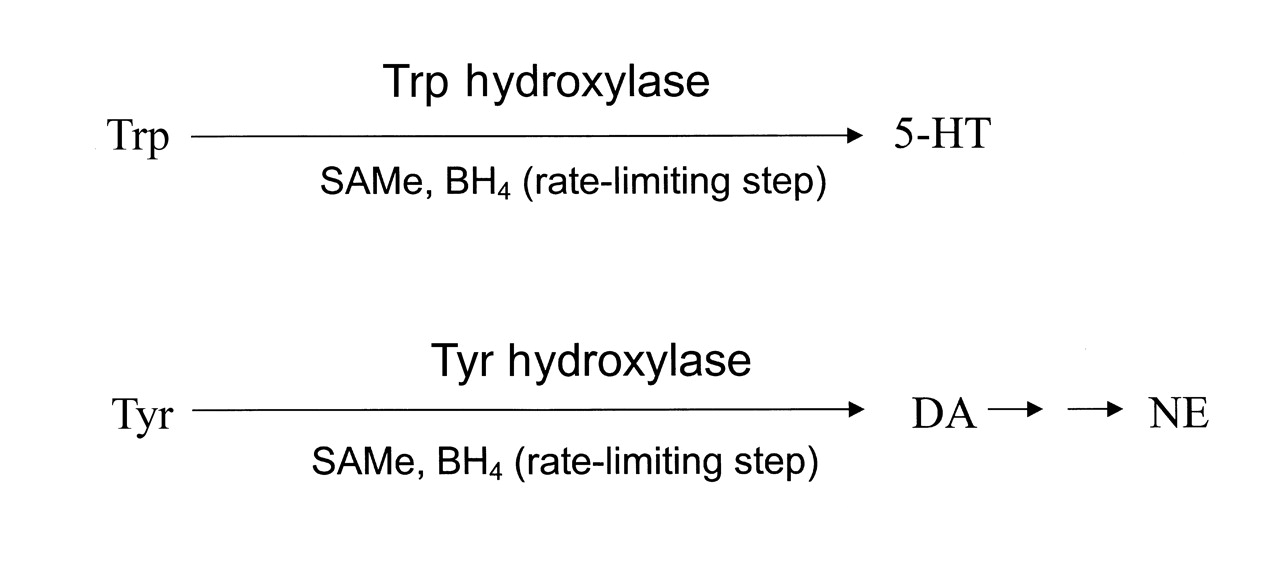

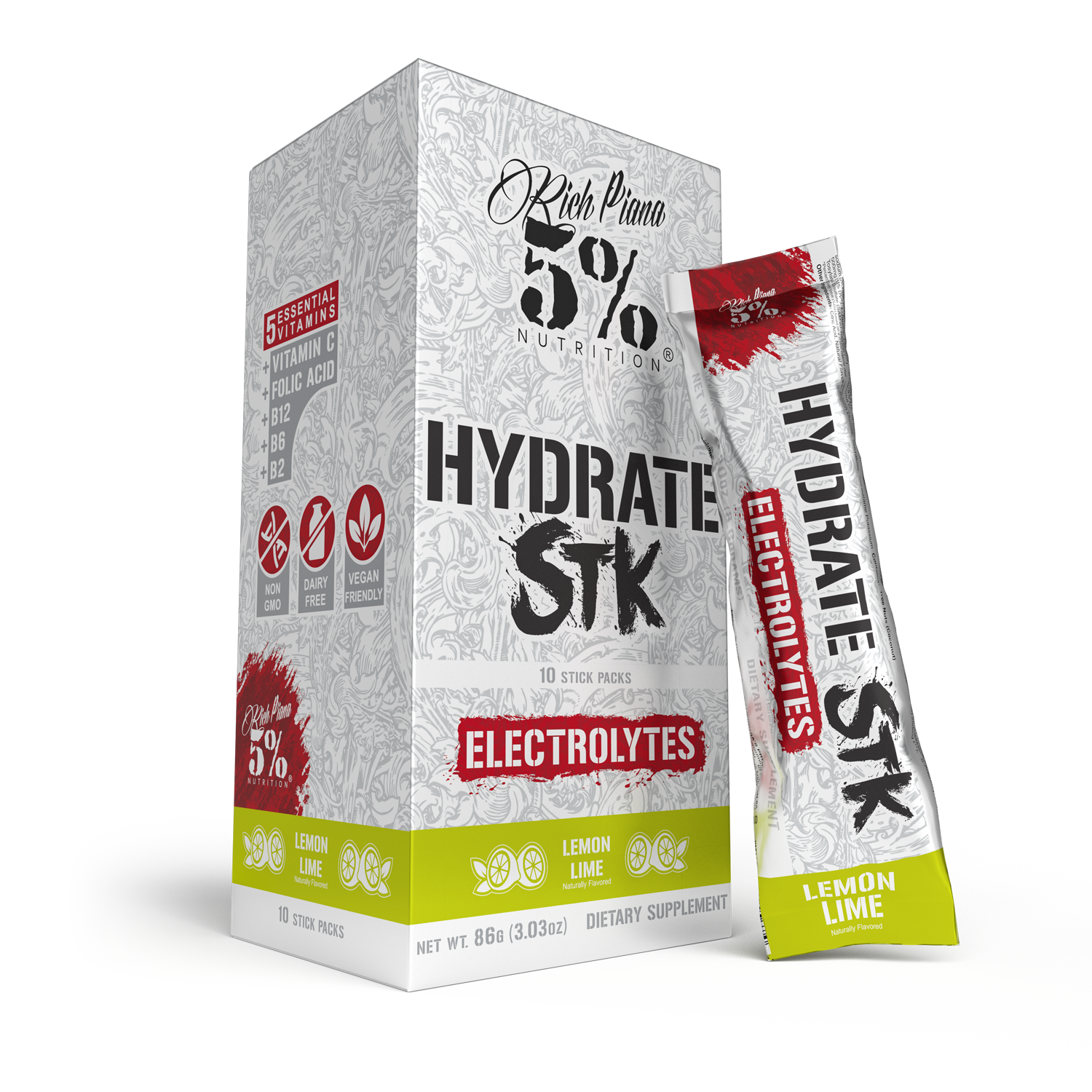


Comments and Discussion (Powered by the PricePlow Forum)